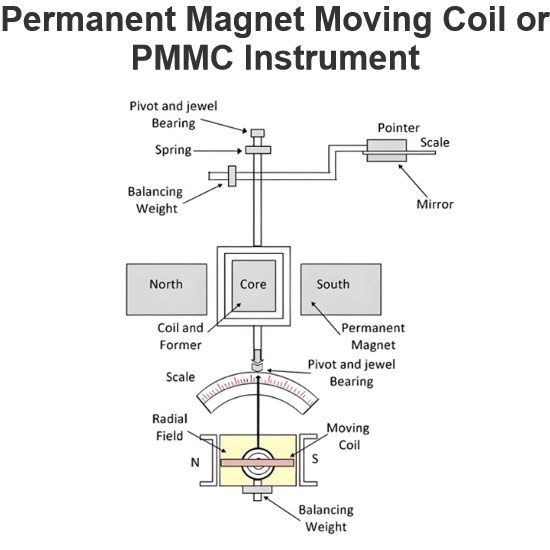Cooling Tower Material and Main Components

Variety of materials are used for constructing Cooling Tower structures. Materials like fiber glass are used for constructing package cooling towers. However for field erected cooling towers material like steel, fiber glass, redwood and concrete and be used depending upon the project location and client preference.
Plus and minuses of each cooling tower material is given below:
Wood:
Redwood as a material in cooling tower was used in 70’s and 80’s for small capacity cooling towers. Now a days because of its diminishing existance wood is not used in cooling towers.

Following are the drawbacks when wood is used as a material:
Durability: Wood is considered as less durable during operation and also having less life compared to other materials.
Drift Losses: are more i.e over 1%.
Signification: Problem of wood eating is more and requires pH adjustment.
Area Requirement: is more thus having a larger foot prints compared to others.
Algae: serious problem of algae formation.
Heavy structure: Wood structure are more heavier than the other cooling tower materials thus increases the civil cost.
Galvanized Steel:
It is the most common construction material for cooling towers. G-235 hot-dipped-galvanized steel is suitable from corrosion resistance point of view and also having good structural strength.
Stainless Steel:
Further development and improvement in the cooling tower material leads to stainless steel, which is superior to G-235.
Stainless steel 304 cooling tower material is used and recommended for cooling towers installed in the highly corrosive environment.
Concrete Towers:
Concrete cooling towers are usually very large towers.
Salient features of concrete towers are:
Long Life: life of the towers are over 38-40 years.
Erection Time: these are field erected towers and requires more time in completion.
Expensive towers: these towers are very expensive which is fairly compensated by its long life.
Fibre Reinforced Plastics (FRP) Towers:
Application of FRP towers are growing very fast and more and more process plants are replacing their old wooden cooling towers with FRP.
Salient features of FRP cooling towers are:
Light in weight
Having good defiant against chemical water, thus operation of it is possible in wide pH range.
FRP towers are fire resistant, thus need not require fire protection system.
These towers requires less erection time and also having cost advantage with respect to others cooling towers.
Components of Cooling Tower
Life of a well maintained cooling towers ranges between 20 to 25 years approximately. There are two type of important components in a cooling:
Replaceable Components like
Air moving component (draft fans)
Packing materials (Fills)
Hot water distribution system
Louvers
Drift eliminators
Non Replaceable Components/Permanent Structure like
Cold Water Basin
Description of the major components of cooling tower and their functions are given below:
Packing Materials Coling Tower
Is vital component of a cooling towers, as it enhances the cooling effective of the cooling tower by providing Spalsh Fills and Film fills.
Splash Fills:
Towers having horizontal and vertical staggered patterns to splash the hot water falling down from the top of the tower distribution deck. Splash causing the hot water to get divided in fine water droplets and increases its surface area of water between air and water.
Film Fills :
These are plastic corrugated sheets that are joined together to give a honeycombed appearance. Material used for film fill are PVC, Polypropylene.
Cooling Tower Hot Water Distribution System
It is for distributing hot circulating water inside the cooling towers to cool the hot process water. It includes distributing basin, headers, distributing arms, spray nozzles, flow regulating valves.
Cooling Tower Cold Water Basin
Cold water basin at the bottom of the tower is designed to collect the cooled water and supply the same to the suction of circulating water pumps.
Capacity of the basin should be to hold the 3 times of circulating water flow rate in gpm.
Cooling Tower Fan

Fans are used in induced draft cooling towers. Commonly used blade material are FRP, Aluminum and hot-dipped-galvanized steel.
Louvers
Function of louver in cross flow cooling tower are
To equally distribute the air flow to the fills.
It helps in retaining the water inside the tower.

Louvers are not required in counter flow cooling tower.
Drift Eliminators
Function of it is to remove the water droplet entrained in the hot air going out of the cooling towers. It reduces the drift to less than 0.0005% of the circulating water. It is made up of PVC.
Statement: Respect the original, good articles worth sharing, if there is infringement please contact delete.
Electrical4U is dedicated to the teaching and sharing of all things related to electrical and electronics engineering.













